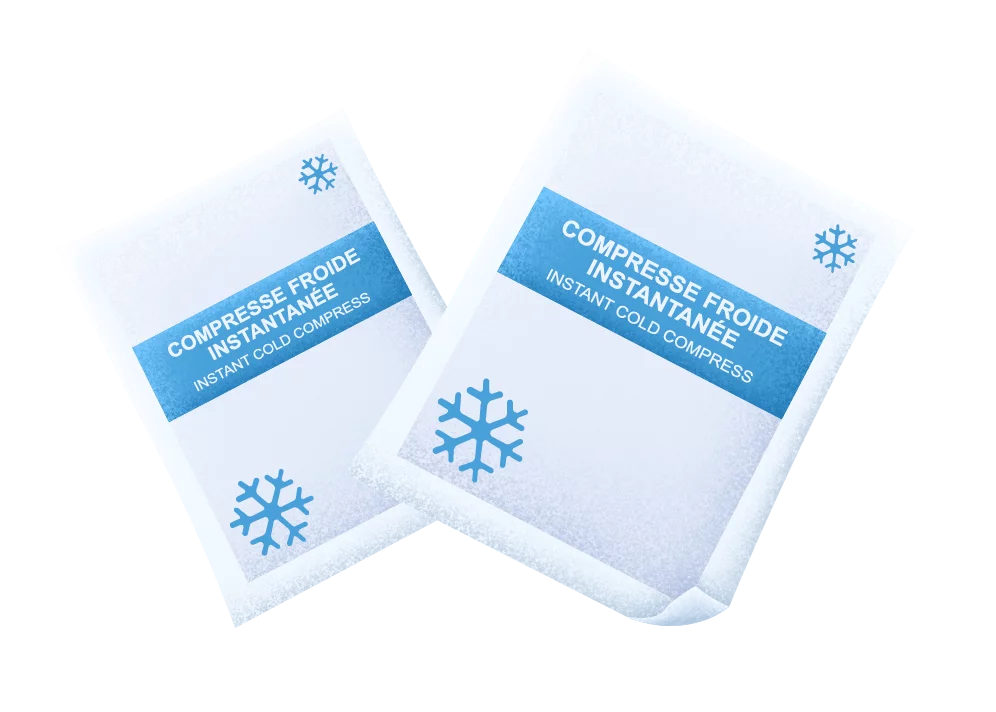Without wasting any time, Karim begins to apply first aid. He uses an ice pack to reduce the swelling and relieve the pain. While waiting for the ice to take effect, he prepares a makeshift splint using ice sticks and adhesive tape, found in the first aid kit. Very carefully, he immobilised Antoine's injured finger to prevent any movement that might aggravate the injury.
Antoine felt immediate relief from the immobilisation and application of the ice. Karim then advises Antoine to go to A&E for an X-ray and appropriate medical treatment. Antoine, grateful for his team-mate's quick and efficient intervention, went to hospital where he received the necessary treatment. The fracture was confirmed, but thanks to Karim's first aid, Antoine avoided more serious complications.
In a nutshell
In the age of the Internet and constantly evolving technological innovation, access to information has never been so democratized. A vast range of vocational, college and university training is now just a click away. E-learning uses cutting-edge technologies to provide flexible, accessible and adaptive training.
Intervention protocol
Limb deformity
Saint-Bernard Academy uses technological innovations to help you learn at your own pace, in the environment of your choice and using the device that suits you best. We therefore offer you a variety of learning tools to facilitate your learning:
1) EVALUATE THE SITUATION
Make sure the area is secure and that the victim is safe.
Assess the severity of the trauma (deformity, swelling, intense pain).
2) IMMOBILISE THE FRACTURE
If possible, do not attempt to realign the finger.
Use a makeshift splint (popsicle sticks, pencil) and adhesive tape to immobilise the injured finger.
3) REDUCE SWELLING AND RELIEVE PAIN
Apply ice wrapped in a cloth to avoid direct contact with the skin, for 15-20 minutes.
4) EVALUATE THE SITUATION
Make sure the area is secure and that the victim is safe.
Assess the severity of the trauma (deformity, swelling, intense pain).
5) EVALUATE THE SITUATION
Make sure the area is secure and that the victim is safe.
Assess the severity of the trauma (deformity, swelling, intense pain).
conclusion
Antoine's story and Karim's rapid intervention highlight the vital importance of first aid knowledge. In an emergency situation, every gesture counts, and appropriate intervention can make all the difference to the victim's recovery and well-being. By understanding and following a specific protocol, we can be better prepared to react effectively. This knowledge can not only save lives, but also reduce the risk of complications and speed up the healing process. Let's all be aware of the importance of first aid and be ready to act when the situation calls for it, because each and every one of us can be a hero in an emergency situation.
Written by Alexandre Grenier, Founder of the Academy
Illustrated and designed by Roxanne Duchesneau, Graphic Designer
